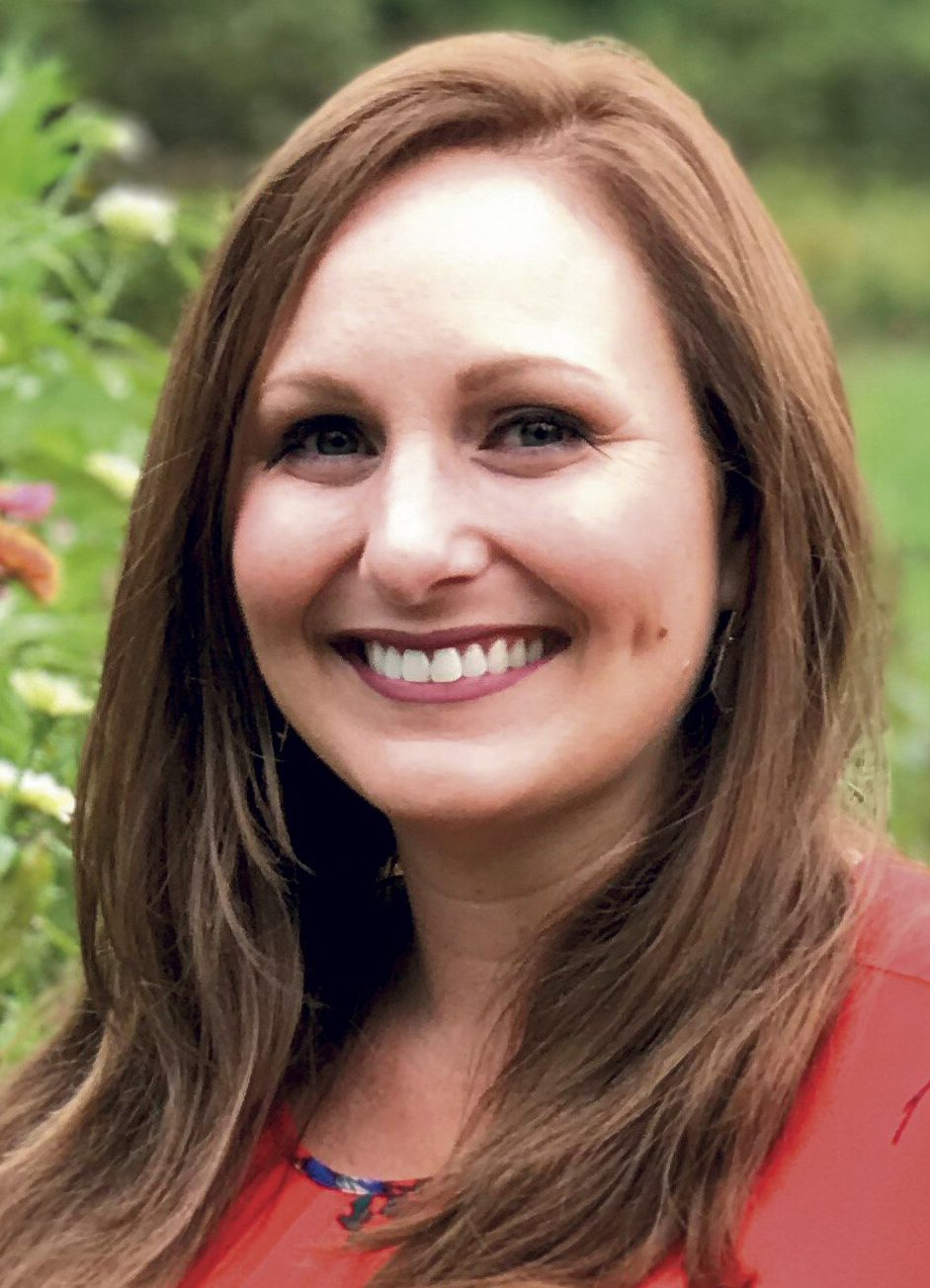Young Professionals
BUILDING A BUSINESS SOCIAL MEDIA PRESENCE
With a number of platforms to choose from—some tips on where to begin
By Christopher W. Cook
In the October 2020 issue of Rough Notes, I wrote an article about evaluating one’s online presence and company social media policies. With 79% of the United States population having at least one social media profile, as reported by Statista in 2019, marketing on social media platforms is a great opportunity to reach your clients and prospects, especially with brick-and-mortar locations possibly closed due to the pandemic and employees working remotely.
With the number of platforms out there, where does one begin to build asocial media presence for work? A session at the 2020 Private Risk Management Association (PRMA)Virtual Summit—crammed with so much information that we’ll be splitting this into two articles—covered this topic across three platforms: Instagram, LinkedIn and Facebook.
“The first thing you should think about is who’s the audience you’re trying to reach,” said Kristi Daraban, vice president of social media at Nationwide. “Each social media platform targets a different demographic.”
“On Facebook, ages are typically 25 to 45,” added Kelly Viviano, senior director of corporate communications at H.W. Kaufman Group, parent company of Burns & Wilcox. “LinkedIn is most popular with older users between 46 and 55 years of age. Instagram is popular with younger users ages 18 to 29.
“Take a moment to think about what your goals are, whether that’s brand awareness or customer support; different platforms will lend themselves better to what your ultimate goal is,” she said.
While some companies bring an employee on board to manage social media accounts and others hire a third-party company to run their platforms, what are some basic things a business can do to stay on top of its social media presence?
“Social media may seem like a daunting task,” said Leah Socia, social media manager at H.W. Kaufman Group. “Devote 10 to 15 minutes a day to checking your profiles, maybe first thing in the morning before your day gets started or at the end of the day when everything’s wrapped up. Like a post, share something, have constant engagement. You can even set up a calendar invite for yourself as a reminder to log on and engage.”
As for sharing your life with your clients but still being private about it, “You can elect to make one network completely dedicated to business such as LinkedIn and another dedicated to family and friends like Facebook,” said Viviano. “You can share as little or as much as you’re comfortable with. You can still be personable without telling everyone the names and ages of your children, or the name of the street you grew up on.”
“A lot of social platforms have built-in settings that you can use to determine who sees what,” added Socia. “You can create lists or groups to curate who sees the kind of content you want to share. You also have full control of who you accept as a new connection.”

—Kristi Daraban
Vice President, Social Media
Nationwide
Launched in 2010, Instagram is a photo and video-sharing social media application. With its main concept being the sharing of personal photos and videos, privacy plays an important part. A personal/individual account can be public or private.
With a public account, “anyone who finds your account can say ‘I want to follow this person,’ and it’s an automatic add,” said Daraban. “If it is private, you have more control over who is going to see your account. Typically for a business, a public account is recommended.
“It depends on what you want to share and whom you want to share it with. In private settings, when you restrict approvals [of new followers], it will become more challenging to get follower growth. What is your objective? If it is about awareness and growing your business, it might be worth thinking about having a public account.”
Private posts are seen only by the followers of an account, even if they include hashtags, which generally enable a post to be cross-referenced with similar content discussing the same topic.
“Typically a hashtag is used to aggregate group content, but when you have a private account, it will not do that,” Daraban said. “So even if you put a hashtag on a post, it will not be part of the content flow.”
Business pages on Instagram are different from personal accounts—they are automatically made public. A user can add information about the business like its address, operating hours and contact information.
“The key benefits of a business page are that you can see who’s following you and how your posts are doing,” said Daraban. “So if posts are performing really well and you’re getting a lot of impressions—or what Instagram calls eyeballs—you’ll be able to see what’s working or not working and who’s engaging with that content. After you grow your social audience, there are a lot of benefits to a business page that you might want to consider when creating an account.”
Best practices
Now that you have an account set up, what are the next steps to take?
“One of the first things you should ask yourself is why would anyone want to follow you?” Daraban said. “Is it because you’re their friend, or do you want to create a business opportunity? When you think about posting engaging content, you want to have people interact with what you’re doing. Engaging content typically has a call to action—asking someone to do something. On Instagram, you can ask people to comment on, like, or share your posts. The more engagement you get, the better that content will show up.”
Before you post, pay attention to the specifications regarding the size and shape of your photos and videos.
“When you’re on your mobile device, a square is the most common visual that will show up in the feed, and that’s for a video or photo,” Daraban said. “Instagram Stories [which are posted separately from your other content and disappear after 24 hours] uses vertical images. So when you’re taking photos or creating videos, it’s important that they fit the platform.

—Kelly Viviano
Senior Director, Corporate Communications
H.W. Kaufman Group
“Be authentic. Talk about things that are important to you and share things that are relevant to you or your clients,” she continued. “If you want to have some privacy and separate your personal and business lives, there are still things you can talk about without bridging the privacy gap. Spark an interest with someone who has an activity in common like golf, fishing or sailing.”
When it comes to your content, should you rely on an organic post or pay for it?
“Organic is what you’ll see as you’re going through your Instagram feed,” Daraban said. “Only your followers see it, even with business accounts. You can make your posts better by adding hashtags (on a public account). A hashtag in Instagram can make the content all come together.
“Look at what hashtags your clients are interested in or what the industry is tied to. That way your content will show up to a broader audience.”
For paid content, “adding even a little bit of money to a post will get it to show up, and there are a lot of ads on Instagram,” Daraban said. “A photo can be an ad; a video can be an ad. A carousel is when you swipe and have multiple images that people can see in one post.
“The way you can do an ad success-fully is by targeting: Who do you want to see your posts outside of who’s already following you?”
Targeting can be done by either location or the individual’s interests and behaviors, among others. Advanced targeting options include custom and look-alike audiences.
“If you have an email database and you want to see if they’re on the platform, with a custom target you can send an ad directly to them,” Daraban said. “If they’re not following you already, then maybe they will.”
Look-alike targeting will expand beyond the people on a list and will search for people who are similar to them. You can also expand your network by following relevant contributors, influencers and thought-leader topics.
Another important note when using social media for business is to interact with those whom you follow.
“You don’t want it to be a one-way street where you’re posting,” Daraban said. “You want to interact; you want to make sure that if someone’s commenting, you’re acknowledging it. It could be liking or responding to that comment, but you don’t want to just be pushing out content.
“Be timely. Trends will come and go in a matter of minutes. If something’s happening in your business or in the world and the industry reacts to it, show people that you’re paying attention to what’s happening in the bigger world.
“And if something goes wrong with a post, have a protocol to know what to do,” she added. “Are you going to remove a post? Are you going to get legal involved for advice? Are you going to respond to a person offline who might have called you out on a post?”
Additional tips and features
Let’s go back to Instagram Stories and consider the benefits of losing your posted content after 24 hours.
“Maybe it’s a special day like National Cookie Day, and it’s only relevant for a certain amount of time,” Daraban said, “and you only want that story to be seen for that day. Maybe your followers will fear missing out if they don’t see your post because it’s only in that space where it’s going to expire.
“Instagram Stories also allows you to record live, which is good for announcements, if you are at a community event—when we are able to go to those again—or when you have a new team member whom you want to introduce,” she added.
“Instagram TV is a newer feature that offers a longer form of video content. You may see this in your personal Instagram feed when you are watching a video where it’ll say ‘continue to watch on Instagram TV.’ As a growth strategy, it can be helpful if you have information or advice to give your clients.
“Reels is the newest feature of Instagram,” Daraban said. “It competes with TikTok [a short-form video-sharing social network]. I’d say it’s more for the personal side versus the business side, but it’s something to keep an eye on.”
Direct messaging was the final Instagram feature Daraban shared.
“People will ask you specific questions or give you feedback in a private message, or they can share content with you,” she said. “I recommend checking your messages regularly. It’s an easy notification on the app; it will show a red dot when something is waiting for you. Don’t neglect that,” Daraban concluded.
Next time, we’ll look at some tips to get your business profile up and rolling on LinkedIn and Facebook. Until then, “capture and share the world’s moments.”
For more information:
H.W. Kaufman Group
www.hwkaufman.com
Nationwide
www.nationwide.com
Private Risk Management Association
www.privateriskmanagement.org





